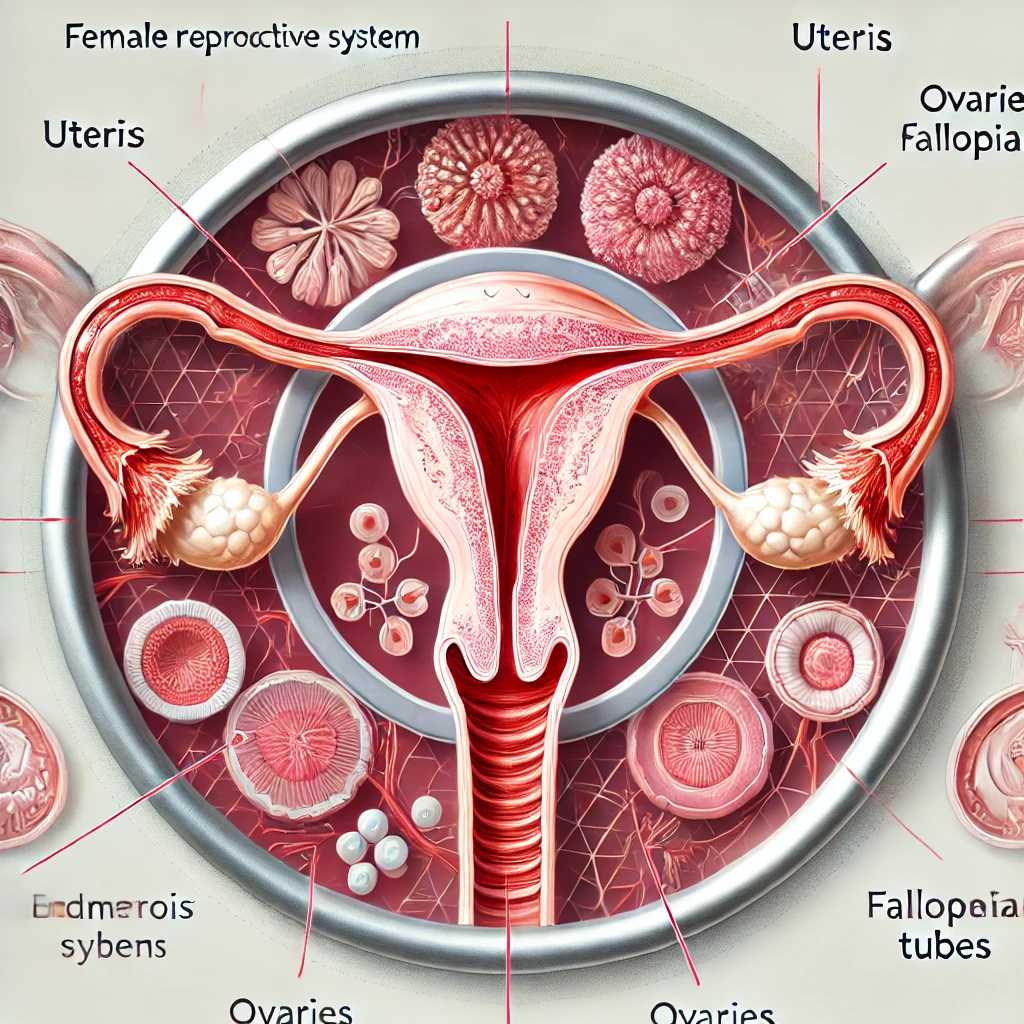Introduction
Endometriosis: The silent struggle that women face.
Endometriosis is a chronic medical condition where a tissue similar to the uterus lining grows outside the uterus. It mostly affects women during their monthly cycle, leading to heavy menstrual flow and immense pain. This happens because the endometrial tissue thickens, breaks down, and bleeds during each cycle but has no way of exiting the body, causing inflammation, pain, scar tissue, and adhesions.
Why Endometriosis Occurs
Statistically, 60 to 70% of women are at risk of developing endometriosis. It commonly begins between the ages of 25 and 40, though cases have been reported as early as 15 and as late as 43.
The exact cause of endometriosis is still unknown, but research suggests it may be linked to genetic predisposition, hormonal imbalance, or environmental factors. Despite being a serious medical condition, endometriosis remains under-recognized. Many women go undiagnosed for years, with most discovering it 4 to 10 years late, increasing their risk of complications such as infertility.
Although endometriosis is not fatal, it has no cure. However, treatments like laparoscopy (surgical removal of endometrial tissue) help manage the condition. Unfortunately, access to such treatments is limited, as they are primarily available in countries like Japan and Denmark. Additionally, the high cost of treatment prevents many from receiving proper care.
Symptoms of Endometriosis
Common symptoms of endometriosis include:
- Severe menstrual cramps
- Chronic pelvic pain
- Pain during and after sex
- Pain during bowel movements or urination
- Heavy or irregular periods
- Infertility
- Bleeding and nausea
Causes of Endometriosis
Although the exact cause remains unknown, possible factors include:
- Genetic predisposition
- Immune system disorders
- Hormonal imbalance
- Menstrual blood flowing backward into the pelvis (retrograde menstruation)
Treatment and Management
Since there is no cure for endometriosis, treatment focuses on symptom management. Options include:
- Pain relief medications
- Hormonal therapy (e.g., birth control)
- Laparoscopic surgery
- Lifestyle changes, including dietary adjustments:
- Recommended foods: Omega-3-rich foods like salmon, tuna, and walnuts
- Foods to avoid: Beef, pork, and red meat
- Beneficial fruits: Oranges, avocados, cherries, coconuts, strawberries, and passion fruit
Breaking the Myths
There are many misconceptions about endometriosis, such as the belief that pregnancy or birth control pills can cure the condition. These myths must be debunked through awareness and advocacy for better healthcare solutions.
Endometriosis deserves more recognition, much like cancer, as it affects countless mothers, sisters, and young women. Despite the severe pain it causes, society often brushes it off. It is crucial to educate people about endometriosis and advocate for its inclusion in school curricula.
By Michelle Chebet, Chuka University


